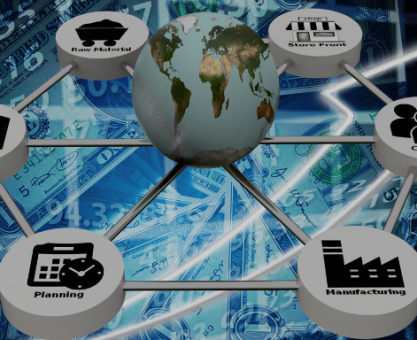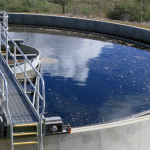Executive Summary
-
Explore how renewable energy is transforming supply chain operations across industries.
-
Understand the benefits of integrating renewable energy sources like solar and wind into logistics and manufacturing.
-
Examine the challenges and strategic considerations for businesses transitioning to sustainable energy solutions.
-
Learn from real-world examples and case studies of companies successfully adopting renewable energy.
-
Discover expert insights and practical tools to facilitate renewable energy integration in supply chains.
Introduction
As the global demand for sustainable practices intensifies, businesses are increasingly turning to renewable energy to power their supply chain operations. This shift is driven by the need to reduce carbon footprints, comply with regulations, and meet consumer expectations for environmental responsibility. In this article, we will delve into the significance of renewable energy adoption in supply chains and explore the benefits, challenges, and strategic insights for businesses looking to make the transition.
Main Body
Definitions / Context
Renewable energy refers to energy generated from natural resources that are replenished constantly, such as sunlight, wind, and water. In supply chain operations, renewable energy can be utilized in various forms, including solar panels for manufacturing plants, wind turbines for logistics centers, and bioenergy for transportation fleets. The integration of these energy sources is critical for achieving sustainability goals and improving operational efficiency.
Benefits / Pros
-
Reduced Carbon Emissions: By replacing fossil fuels with renewable energy, companies can significantly lower their carbon footprint.
-
Cost Savings: Over time, renewable energy can lead to substantial cost reductions in energy expenses due to lower operational costs and government incentives.
-
Enhanced Brand Image: Companies that prioritize sustainability can improve their brand reputation and customer loyalty.
-
Regulatory Compliance: Adopting renewable energy helps businesses comply with environmental regulations and avoid potential penalties.
Risks / Cons / Challenges
-
Initial Investment Costs: The upfront costs of installing renewable energy systems can be high, posing a barrier for some companies.
-
Intermittency Issues: Renewable energy sources like solar and wind are subject to variability, requiring backup systems or storage solutions.
-
Technological Adaptation: Integrating renewable energy into existing supply chain systems may require significant technological adjustments and expertise.
Step-by-Step Process
How to Integrate Renewable Energy into Supply Chains
-
Assess Current Energy Usage: Conduct an energy audit to understand current consumption patterns and identify areas for improvement.
-
Set Sustainability Goals: Define clear objectives for renewable energy adoption, such as reducing emissions by a specific percentage.
-
Evaluate Renewable Options: Consider different renewable energy sources and technologies suitable for your operations.
-
Develop a Transition Plan: Create a strategic plan outlining the steps, timeline, and resources required for the transition.
-
Implement and Monitor: Execute the plan, and continuously monitor performance to ensure objectives are met.
A notable example is Walmart’s commitment to powering 50% of its operations with renewable energy by 2025. The company has invested in solar and wind energy projects, significantly reducing its carbon emissions and operational costs. This initiative not only aligns with Walmart’s sustainability goals but also enhances its competitive edge in the retail industry.
Expert Tips / Strategic Insights
-
Leverage Government Incentives: Utilize available tax credits and subsidies to offset initial investment costs.
-
Invest in Energy Storage Solutions: Implement battery storage systems to mitigate the intermittency of renewable energy sources.
-
Collaborate with Energy Experts: Partner with renewable energy consultants to optimize the integration process and maximize benefits.
Tools / Resources / Calculators
-
Renewable Energy Calculators: Use online tools to estimate potential savings and environmental impact.
-
Government Resources: Access databases and guidelines from bodies like the International Renewable Energy Agency (IRENA).
-
Industry Reports: Review reports from organizations such as the Renewable Energy Buyers Alliance (REBA) for best practices and trends.
Conclusion
The adoption of renewable energy in supply chain operations is not just a trend but a necessity for future-proofing businesses in a rapidly changing world. By understanding and overcoming the challenges, companies can unlock significant environmental and economic benefits. Start your transition today to stay competitive and sustainable in the global market.





















